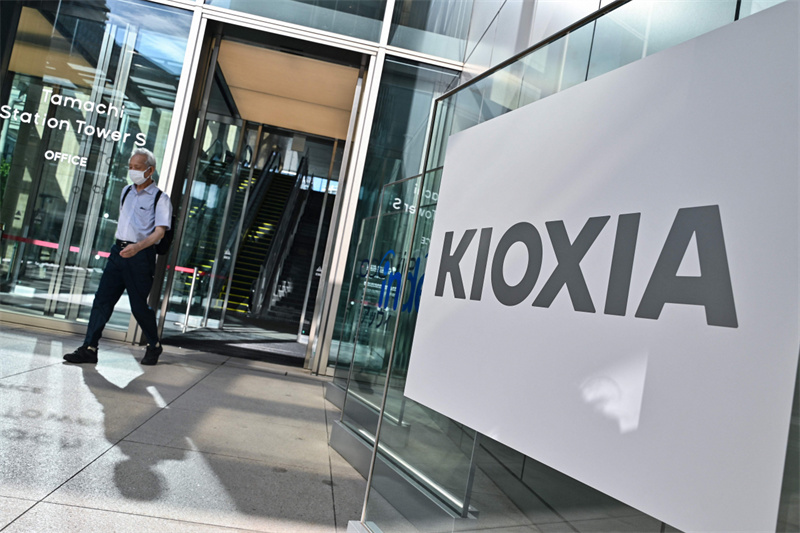Japan's leading NAND flash memory producer, Kioxia Corporation, has revealed plans to invest 36 billion yen (approximately $240 million USD) over the next three years in the development of advanced memory technology specifically designed for AI applications. This project aligns with Japan's national strategy to fortify its semiconductor industry, with the Japanese government pledging to subsidize up to 50% of the project's expenses.
In a statement, Kioxia emphasized its focus on creating memory based on Compute Express Link (CXL) technology. Compared to DRAM, CXL-based memory is expected to offer lower power consumption and better data retention, particularly useful in AI-driven applications that require high-speed processing while managing extensive data. This CXL memory will allow for faster data access than existing NAND flash memory, thereby enhancing efficiency for next-generation AI systems.
Kioxia has also announced expansions to its NAND production facilities in Kitakami, Iwate Prefecture, to meet anticipated demand. Despite an initial delay, the new Kitakami plant is now scheduled to start operations in autumn 2025, following construction completion of its second fabrication plant (K2) in July. The expansion comes as Kioxia projects that global demand for NAND flash will grow nearly threefold by 2028, driven largely by the rise of AI applications and data centers.

Additionally, the Japanese Ministry of Economy, Trade, and Industry will allocate up to 242.9 billion yen ($1.64 billion USD) in subsidies to support Kioxia and Western Digital's expansions in both Mie and Iwate prefectures, further bolstering Japan's strategic positioning in the global semiconductor supply chain.

This new commitment to R&D and manufacturing capacity underscores Kioxia's strategic pivot toward meeting growing AI demands and marks a significant step for Japan's semiconductor ambitions.
+86 191 9627 2716
+86 181 7379 0595
8:30 a.m. to 5:30 p.m., Monday to Friday
